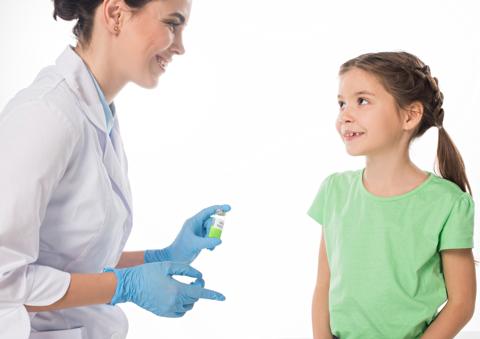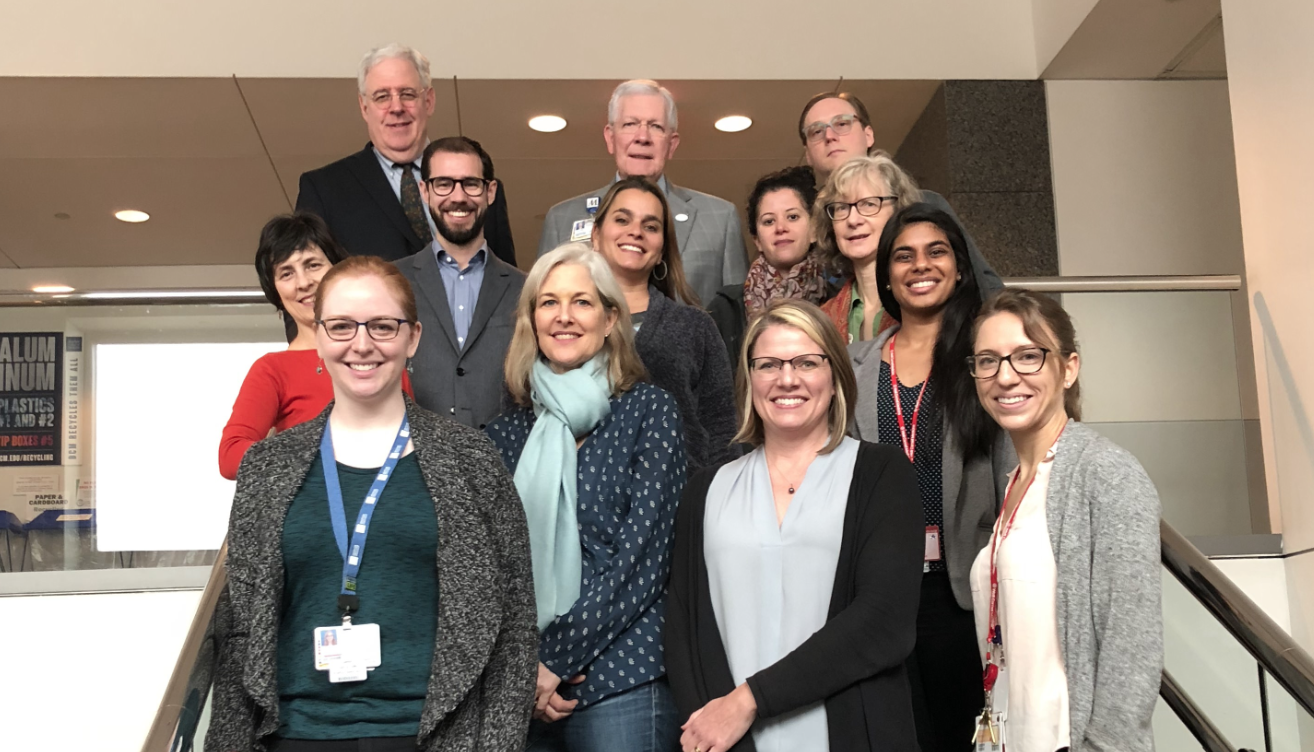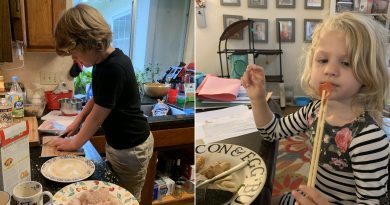Zero cervical cancer cases? Examining a victory over HPV and the power of prevention.
An important study emerged recently out of Scotland, casting a beam of hope onto the battleground against cervical cancer. The revelation? Not a single case of cervical cancer in girls vaccinated by the age of 13. As we move on from January and Cervical Cancer Awareness Month, we embark on a journey to explain why this news isn’t just a triumph but a call for communities to raise awareness about HPV – its prevalence and its preventable nature.
Human papillomavirus, or HPV, is a common virus known to cause cervical, vaginal, penile and head and neck cancers. Experts estimate that 85% of the population will be exposed to HPV in their lifetime, and infection is highly preventable with vaccination.
In most cases, HPV infection clears on its own, but in other cases, it persists and can lead to HPV-related cancers.
Although the HPV vaccine is effective in the prevention of different cancers, the most studied is cervical cancer. Cervical cancer is the second most common malignant tumor affecting women worldwide and is a leading cause of death among them. Cervical cancer is a malignancy of the cervix, a small canal that connects the uterus and vagina. It is treated with a combination of surgical resection and radiation therapy. As mentioned above, persistent HPV infection is known to cause 99% of all cervical cancers. 
The vaccine is recommended for use in U.S. females and males ages 9-26. Today, the HPV vaccine includes protection against nine types of HPV (types 6, 11, 16, 18, 31,33,45, 52, and 58) that most commonly cause cervical and non-cervical HPV-associated cancers and genital warts. The vaccine is safe and overall well tolerated. More than 135 million HPV vaccinations have been administered worldwide. A few contraindications to getting the vaccine include a history of severe allergic reaction to a prior HPV vaccine, a history of yeast allergy, and pregnancy.
The current CDC recommendations for administration of the HPV vaccine are as follows:
- As early as age 9 and definitely by age 11 or 12 and up to 26 years of age
- A two-dose series is indicated for those who start the vaccine series before age 15. The second dose of the HPV vaccine should be given 6 to 12 months after the first dose.
- A three-dose series is indicated for healthy individuals who get their first dose at 15-26 years old and those who are immunocompromised and are between 9-26 years old. The recommended three-dose schedule is 0, 1–2 and 6 months.
Some side effects of the vaccine include pain or local reactions at the injection site, fever, nausea, dizziness, and malaise. In some instances, adolescents can experience fainting episodes. As is the case with all other vaccine administrations, this is most often associated with the procedure itself and it is recommended that patients be observed for 15 minutes following vaccinations.
The HPV vaccine is undoubtedly one of the most well-studied vaccines recommended by the CDC. There is clear evidence of its benefits. So why are HPV vaccination rates not 100%?
In a recent study published by the CDC, they demonstrate that for the first time since 2013, HPV vaccination initiation did not increase among adolescents aged 13–17 years; it may be declining. The stakes are high – adolescents are left vulnerable to cancers that can be thwarted through vaccination. It is of utmost importance to amplify our advocacy for adolescents to receive the HPV vaccine because many deaths from cancers are preventable. And if we don’t, the cost of neglecting this preventive measure might be measured in lives lost.
By Drs. Isabella Orozco Hung, pediatric resident, Ingrid Bonilla Valente, pediatric resident, and Lindy McGee assistant professor, pediatrics – academic general, Baylor College of Medicine



